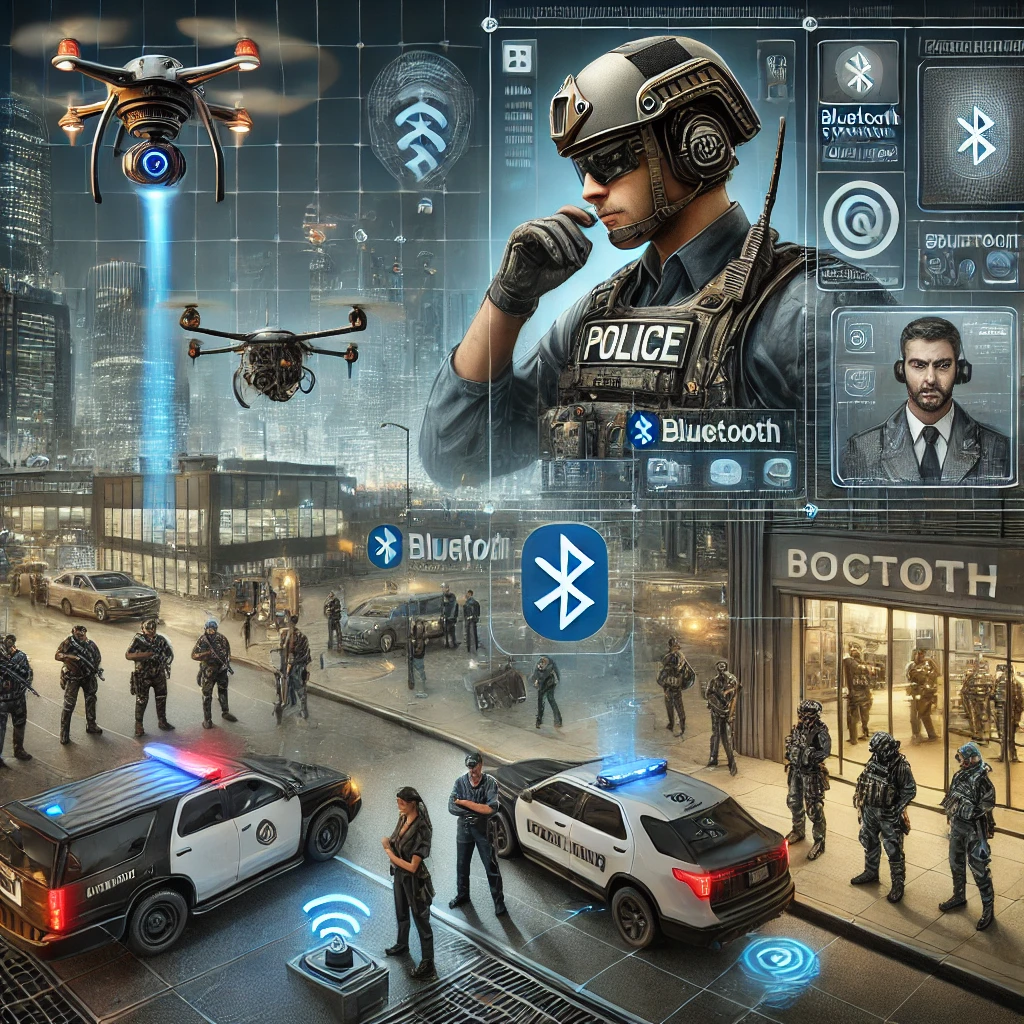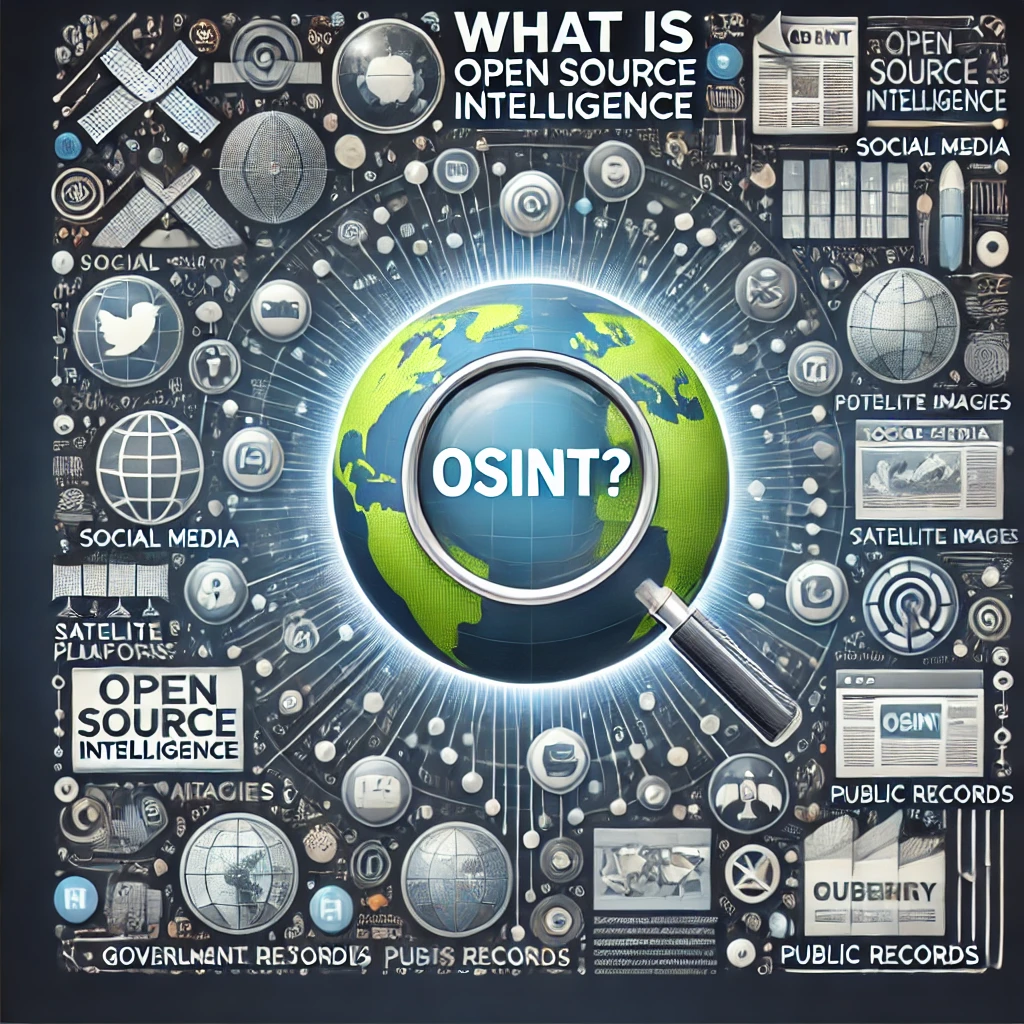
The Evolution of Bluetooth Technology: History, Applications and Future Trends
Bluetooth technology has become integral to modern life, enabling seamless wireless communication between devices. From connecting headphones and smartwatches to facilitating hands-free car systems and IoT applications, Bluetooth is now a staple in everyday technology. But where did it originate, how does it work, and what does the future hold for this essential wireless technology?
The History of Bluetooth Technology
Origins and Early Development
Bluetooth was conceived in the mid-1990s by engineers at Ericsson, a Swedish telecommunications company. In 1994, Dr Jaap Haartsen and his team were tasked with developing a short-range wireless communication system to replace RS-232 cables used in mobile phones and computers. The goal was to create a universal, low-power, cost-effective communication standard.
The name “Bluetooth” was inspired by King Harald “Bluetooth” Gormsson, a 10th-century Viking king of Denmark and Norway known for uniting different tribes. The name symbolises the technology’s role in uniting communication devices under a single standard.
Formation of the Bluetooth Special Interest Group (SIG)
In 1998, Bluetooth technology received industry-wide support by forming the Bluetooth Special Interest Group (SIG), which included Ericsson, IBM, Intel, Nokia, and Toshiba. This organisation ensured the standardisation and development of Bluetooth technology.
First Bluetooth Devices
The first consumer Bluetooth device, a hands-free mobile headset, was launched in 1999. By 2000, laptops and mobile phones began incorporating Bluetooth technology, and in 2001, the first Bluetooth-enabled mobile phone, the Ericsson T39, hit the market.
How Bluetooth Works
Bluetooth is a wireless communication technology that uses short-range radio waves in the 2.4 GHz ISM (Industrial, Scientific, and Medical) band. Devices communicate through frequency-hopping spread spectrum (FHSS), which minimises interference from other wireless signals.
Key Features of Bluetooth Technology
- Short-Range Communication: This type of communication typically operates within a range of 10 meters (standard class 2 devices) but can extend up to 100 meters for class 1 devices.
- Low Power Consumption: Designed for efficiency, making it ideal for battery-operated devices.
- Automatic Device Pairing: Uses secure pairing methods such as PIN codes, passkeys, and encryption to protect connections.
- Data Transfer Speeds: The speed varies by version, from 1 Mbps (Bluetooth 1.0) to up to 50 Mbps (Bluetooth 5.3).
Bluetooth Versions and Improvements
Each new Bluetooth version has introduced enhancements in speed, range, and security:
- Bluetooth 1.0 (1999): First commercial version, slow speeds (1 Mbps) and connection issues.
- Bluetooth 2.0 (2004): Introduced Enhanced Data Rate (EDR), improving speed up to 3 Mbps.
- Bluetooth 3.0 (2009): Included high-speed data transfer via Wi-Fi.
- Bluetooth 4.0 (2010) Introduced Bluetooth Low Energy (BLE), which reduces power consumption for IoT and smart devices.
- Bluetooth 5.0 (2016): Increased range (up to 240 meters) and quadrupled data transmission speed.
- Bluetooth 5.3 (2021): Improved IoT and industrial applications’ security, reliability, and energy efficiency.
Common Applications of Bluetooth Technology
Bluetooth is used across multiple industries, powering a wide range of devices and applications:
1. Consumer Electronics
- Wireless Headphones & Earbuds – Apple AirPods, Sony WH-1000XM5, Bose QuietComfort.
- Smartphones & Laptops – Seamless file sharing, wireless printing, and accessories connectivity.
- Wearable Technology – Smartwatches, fitness trackers, and VR headsets.
2. Automotive Industry
- Hands-Free Calling – Integrated Bluetooth in vehicles allows for safer communication while driving.
- Music Streaming – Wireless audio streaming from mobile devices to car speakers.
- Bluetooth Keyless Entry – Secure access to vehicles using smartphones.
3. Healthcare and Medical Devices
- Wireless Medical Monitors – Heart rate monitors, glucose meters, and blood pressure devices.
- Hearing Aids – Bluetooth-enabled hearing aids can connect directly to smartphones and TVs.
4. Smart Home & IoT Devices
- Smart Locks & Security Systems – Bluetooth enables keyless entry and remote monitoring.
- Bright Lighting & Thermostats – Automated control via mobile apps.
- Bluetooth Beacons – Used in retail stores for proximity marketing and navigation.
5. Industrial & Business Applications
- Asset Tracking – Businesses use Bluetooth trackers to monitor inventory and equipment.
- Contactless Payments – Mobile payment systems like Apple Pay and Google Pay use Bluetooth for secure transactions.
Future of Bluetooth Technology
The evolution of Bluetooth continues, with future versions expected to bring even more incredible advancements:
1. Improved Energy Efficiency
Bluetooth Low Energy (BLE) is a key feature, but future developments will optimise power consumption, making devices last longer on a single charge.
2. Enhanced Security
With cybersecurity threats rising, future Bluetooth versions will focus on stronger encryption, authentication, and resistance to hacking attempts.
3. Increased Range & Speed
Bluetooth 5.3 already boasts a significant range, but upcoming versions may push even further, improving connectivity for industrial applications and smart cities.
4. Bluetooth in Smart Cities & Industry 4.0
- Traffic Management – Bluetooth sensors will help monitor and optimise urban traffic flow.
- Automated Factories – Bluetooth-powered IoT devices will enhance machine-to-machine communication in industrial automation.
5. Bluetooth Mesh Networking
Future applications will leverage Bluetooth Mesh, which allows thousands of devices to communicate over large areas. This will revolutionise smart homes, industrial IoT, and commercial spaces.
Conclusion
Since its inception in the 1990s, Bluetooth has made great strides. From eliminating tangled cables to enabling a fully connected world, it has become one of the most essential wireless technologies in modern life. As Bluetooth continues to evolve, its applications will only expand, paving the way for more seamless communication, innovative devices, and a truly wireless future.
Bluetooth remains at the heart of modern wireless innovation, whether it’s connecting our headphones, cars, medical devices, or entire smart homes.
Bluetooth in Security, Law Enforcement, and Military Applications
Bluetooth technology is widely used across consumer and industrial sectors but also has applications in security services, law enforcement, and military operations. While it offers convenience and efficiency, its use in sensitive operations raises concerns about security risks and vulnerabilities.
1. Law Enforcement Applications
Body-Worn Cameras
Police departments use Bluetooth-enabled body cameras to connect wirelessly to smartphones or control units. This allows officers to:
- Start/stop recordings remotely.
- Upload footage automatically via secure networks.
- Monitor real-time GPS tracking for officer safety.
Communication Systems
Law enforcement officers use Bluetooth earpieces and microphones for hands-free communication while on duty. These devices connect to police radios or smartphones, allowing discreet and secure conversations.
Crime Scene Investigation (CSI) and Forensics
Forensic teams use Bluetooth in:
- Mobile forensic tools – Extracting data from suspects’ phones using wireless forensic kits.
- Evidence collection – Transmitting fingerprints, photos, and reports instantly to databases.
Tracking & Surveillance
Some law enforcement agencies use Bluetooth beacons to track individuals, vehicles, or assets within a controlled area. Bluetooth trackers can be deployed in sting operations or for covert monitoring.
2. Security Services & Private Investigations
Access Control & Perimeter Security
- Bluetooth-based smart locks and entry systems allow security teams to control building access remotely.
- Visitor tracking – Bluetooth ID badges or wristbands monitor personnel movements in secure facilities.
Executive Protection & Covert Surveillance
- Security teams use Bluetooth earpieces for low-profile communication during VIP protection.
- Hidden cameras and listening devices – Some surveillance gadgets use Bluetooth to transmit data to a remote operator.
Cybersecurity & Counter-Surveillance
While Bluetooth can be helpful, it also presents vulnerabilities. Security professionals conduct Bluetooth penetration testing to detect unauthorised devices attempting to eavesdrop or exploit weaknesses in secure areas.
3. Military Applications
Tactical Communication Systems
Military forces use ruggedised Bluetooth headsets and tactical radios for secure, hands-free communication in combat and training operations. These devices are designed to work in extreme environments while minimising electronic interference.
Soldier Wearable Technology (IoBT – Internet of Battlefield Things)
Modern soldiers use Bluetooth-enabled smart wearables to monitor:
- Biometric data – Heart rate, hydration levels, and stress.
- Weapon system integration – Bluetooth allows firearms to sync with heads-up displays (HUDs) or targeting systems.
Logistics & Asset Tracking
Bluetooth beacons and sensors are used for:
- Inventory management – Tracking weapons, ammunition, and supplies in military depots.
- Vehicle maintenance monitoring – Bluetooth sensors detect mechanical issues in military vehicles before they become critical.
Unmanned Systems & Drones
Some military-grade drones and robots use Bluetooth for:
- Short-range remote control in tactical environments.
- Secure data transmission from sensors on UAVs (Unmanned Aerial Vehicles) and ground robots.
Security Risks & Countermeasures
Despite its benefits, Bluetooth has security vulnerabilities that must be managed in high-risk environments:
1. Hacking & Eavesdropping Risks
- Bluesnarfing – Hackers can steal data from Bluetooth-enabled devices.
- Bluebugging – Attackers can gain remote control over a device’s functions.
- Man-in-the-Middle (MITM) Attacks – Intercepting Bluetooth communications.
2. Military & Law Enforcement Mitigation Strategies
- Use military-grade Bluetooth encryption (AES-256).
- Disable Bluetooth when not in use.
- Implement device whitelisting to prevent unauthorised connections.
- Use frequency-hopping and signal-jamming countermeasures in high-security zones.
Conclusion
Bluetooth is essential for security services, law enforcement, and military operations. It offers wireless convenience, enhanced communication, and operational efficiency. However, its use in critical environments requires strict security measures to prevent cyber threats and unauthorised access. As Bluetooth technology evolves, its role in secure communications and defence applications will likely expand, making it a valuable but carefully managed asset in modern security operations.



